 Eagle Feathers #109 – It’s All About Wampum
Eagle Feathers #109 – It’s All About Wampum
By Bob (Monty) Doherty
One of the most acclaimed tales about New York City was its purchase 390 years ago in 1626. Six years after the Pilgrims landed at Plymouth in the settlement of New Amsterdam, its Governor Peter Minuet acquired today’s Manhattan. The cost of the transaction between the Dutch and the Algonquin Indians was 66 guilders, or 24 dollars worth of “wampum” and other trade goods. To the Indians, land was like oxygen. It belonged to everyone, so the barter was in their favor.
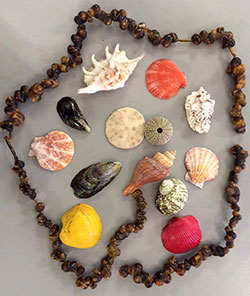
In today’s crowded Manhattan, condominiums average two million dollars – a lot of wampum. Wampum was money – Native American Money. It was mainly made from clam, quahog and other various shells that were cut into small pieces. They were then polished, drilled, and strung together. Natives treasured it and held it sacred. Men would use it as a reward for sports or combat, and woman made different varieties into jewelry. Wampum belts were given as gifts among friends and used to seal treaties between tribes and nations.
Natives looked at foreign silver and gold monies as useless. Fur trading and other bartering had to be done with wampum. It became the coin of the realm. It was the unofficial currency of New England between1632-1637, and its official currency between 1637-1661. Its use was widely accepted into the 1690’s. Wampum was the most valuable currency in America for many years.
Governor John Winthrop of Somerville’s Ten Hills had an ample supply of wampum for official transactions as did his son, John Winthrop, Jr., when Governor of Connecticut. While at Ten Hills, Winthrop, Jr. established the Saugus Iron Works where in 1652 the dies for the first American coinage were cast. These were the Massachusetts Bay Colony’s pine tree, oak tree, and willow tree shillings. One of these shillings sold for $76,375 in 2013.
The coins gradually took hold and replaced the need for seashell currency. Before this occurred, several deeds for land were secured. Somerville’s land was purchased from an Indian queen, Squaw-Sachem and the price received to her full satisfaction was twenty-one fur coats, nineteen fathoms of wampum, and three bushels of corn. A fathom is 6 feet, so those belts of beads were equal to 114 feet long.
The city of Somerville’s official seal proudly states, “Honorably purchased from Pawtuckets – 1639.” It was certainly not the twenty-four dollar agreement of Manhattan on the Hudson – but not a bad deal for Somerville on the Mystic.
 Eagle Feathers #109 – It’s All About Wampum
Eagle Feathers #109 – It’s All About Wampum
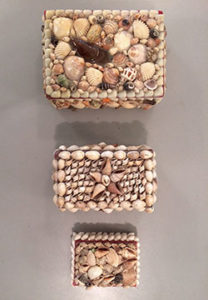
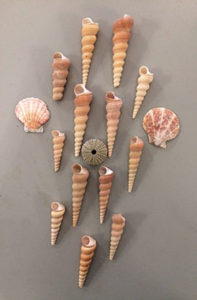
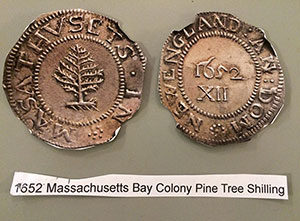
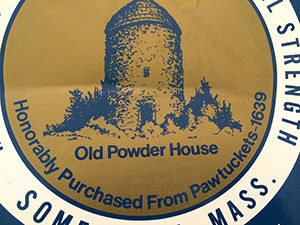
Reader Comments